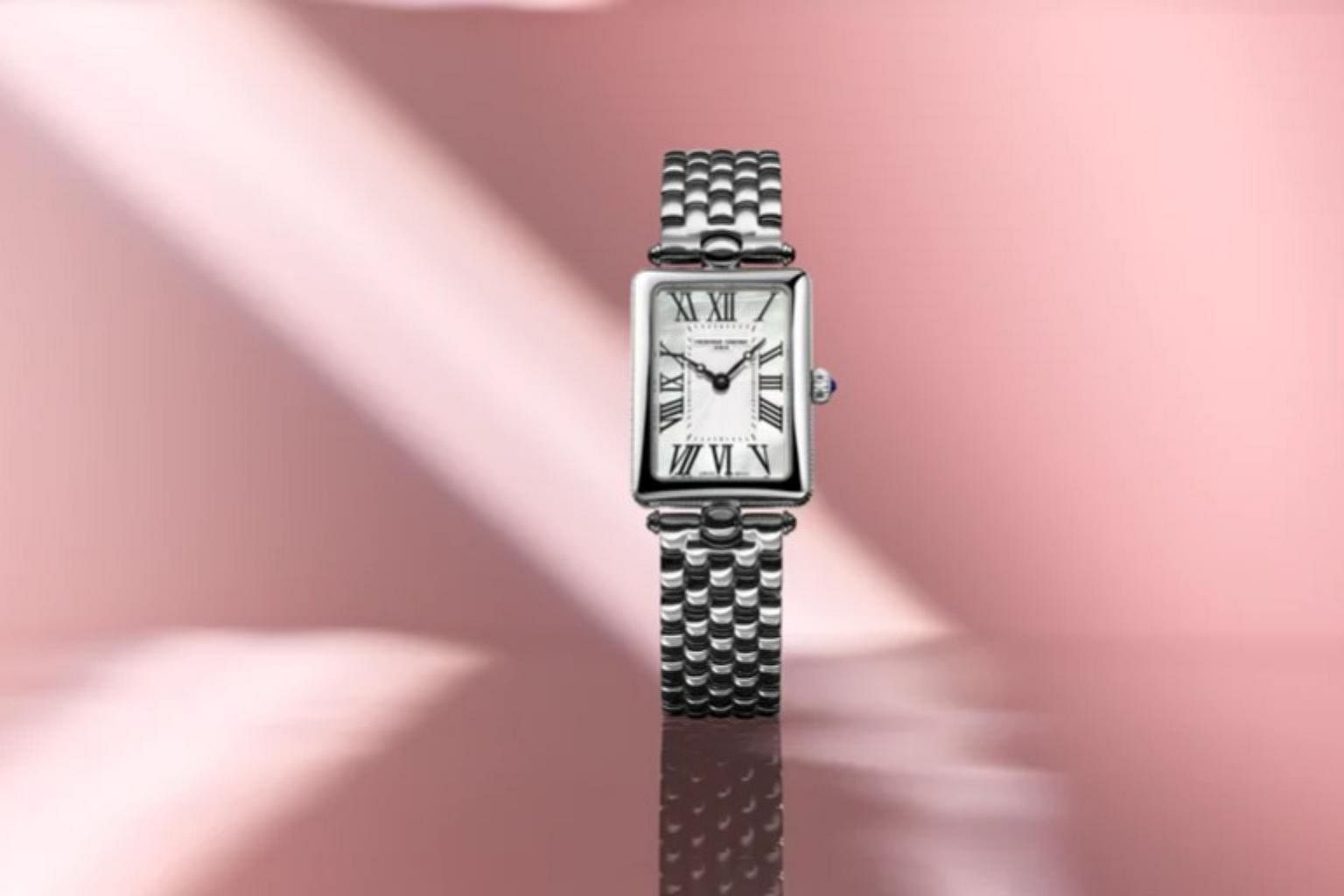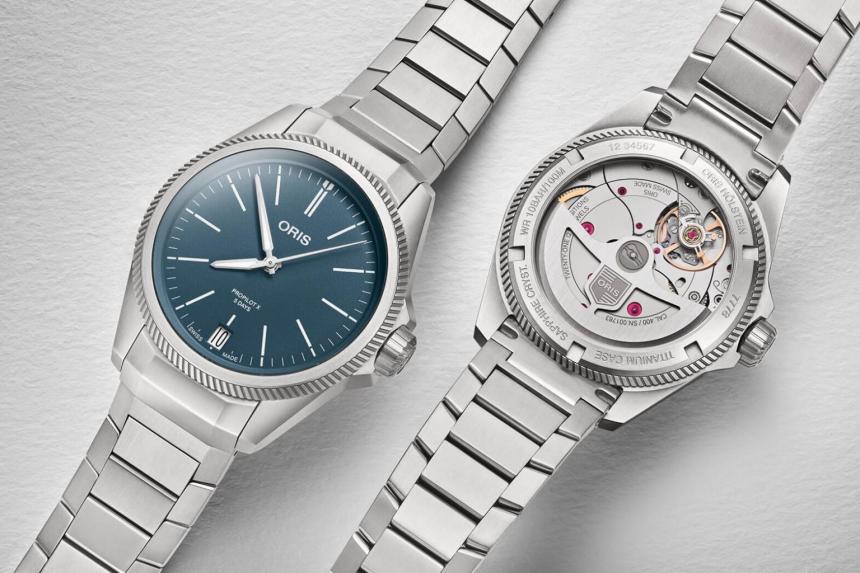GENEVA - Consumers driving the biggest boom in mechanical watches in decades are seeking out more expensive timepieces, and from entry-level marques to the most exclusive independents, Swiss manufacturers are happy to oblige.
Take Oris Watches, a brand known for its affordable diving watches. The move to higher quality models has pushed the average selling price from 2,000 Swiss francs (S$2,859) to about 2,400 francs in three years, according to co-CEO Rolf Studer.
That has emboldened the company to make more watches with in-house developed movements, such as its Propilot X Caliber 400 that features a titanium case and bracelet that sells for 3,900 Swiss francs.
"It's the upper end that is thriving," said Mr Studer. "People know more, they demand more, and they are ready to spend money on a higher-level of watch."
The unprecedented surge in luxury watch interest was kick-started by the pandemic, when a new breed of collectors and enthusiasts stuck at home during lockdowns began lusting over fancy timepieces online.
Everyone's selling well
These days, watch exports from Switzerland, the centre of the global watch industry, are near record value levels. Watches priced above 3,000 Swiss francs are driving the increases, as buyers become more educated and seek out higher-quality calibres.
The shift was pioneered by Rolex, which dominates the Swiss industry with an estimated 8 billion Swiss francs in sales and an almost 29 per cent luxury watch market share.
Rolex sales rose about 17 per cent between 2019 and 2021, according to Morgan Stanley and industry consultant Luxe Consult. Almost a third of that gain is attributable to changes in product mix, as Rolex sold more of its priciest models like Daytona chronographs or Day-Dates made from precious metals.
Even ultra luxury brands like H. Moser & Cie, known for its highly finished, mechanically complicated timepieces, are moving up the value chain. Moser's average selling price has risen from about 32,000 Swiss francs to 42,000 francs in three years.
"There's more demand for jewellery pieces, tourbillons and minute repeaters," CEO Edouard Meylan said, referring to watches encrusted with jewels or featuring intricate movement complications.
Frederique Constant, a Swiss brand owned by Japan's Citizen Watch and synonymous with dressy mechanical timepieces at entry level prices, is also moving up. The brand shifted gears after taking a major hit in sales in 2020 when the early stages of the pandemic briefly halted in-store retail sales and production.

The current year has been "unbelievably strong" for the company at the high end of its product range, which includes tourbillons and gold watches priced above 20,000 euros (S$27,921), said Mr Niels Eggerding, the Geneva-based brand's CEO.
While Frederique Constantin prices start about 500 euros, the brand is struggling to keep up with demand for watches priced at 2,500 euros and above.
"The rich are getting richer, the poor are getting poorer, and the mid-range is getting squeezed. You need to adapt," Mr Eggerding said.
Getting it right
Getting the price point right and owning a particular niche is important for watch brands, particularly those with a loyal following. Cartier, for example, tried to shift more of its portfolio into high-end watchmaking a few years ago, a move that won plaudits from die-hard watch aficionados but alienated some customers who had come to appreciate the brand's more affordable pieces like the Tank model.
The arrival of the Apple Watch also shook up the scene because it attracted buyers who would normally choose an entry-level piece from the likes of Maurice Lacroix, Baume & Mercier or Longines.
Executives from the watch industry gathered this past week in Geneva for an industry event to take the trade's temperature. One thing on which they all agreed was that rising average prices notwithstanding, they have no intention of abandoning their entry-level priced models.
That's because in their view, the most affordable timepieces are critical to bringing new customers to the brands. The trick is to then move those same customers up the value chain to higher priced models.
"We have always been talking to the normal guy, the watch enthusiast who doesn't want to or can't spend 10 grand on a watch, and we will continue to do so," said Mr Studer of Oris. "It's part of our ethos." BLOOMBERG

